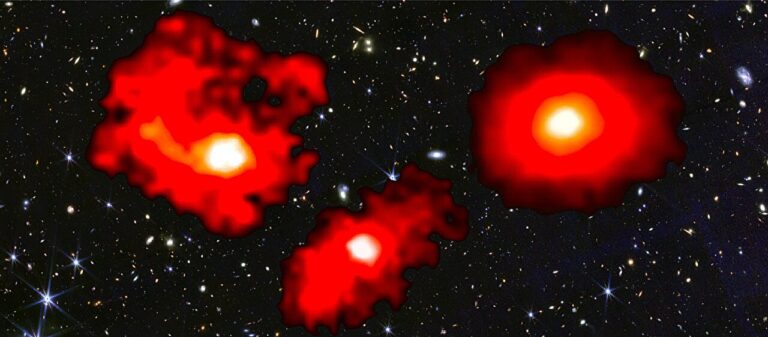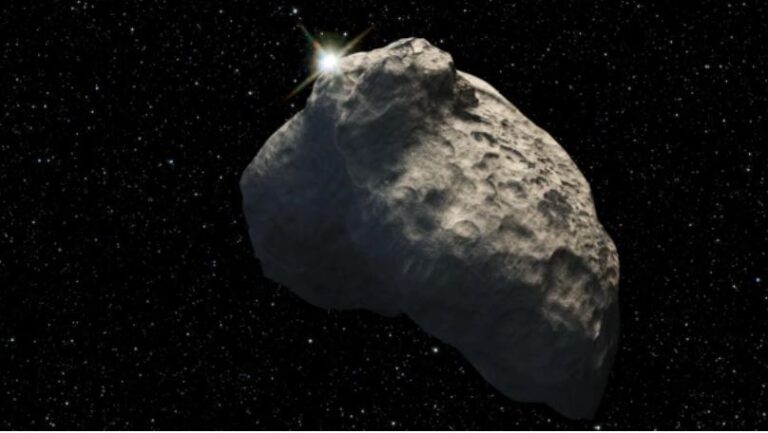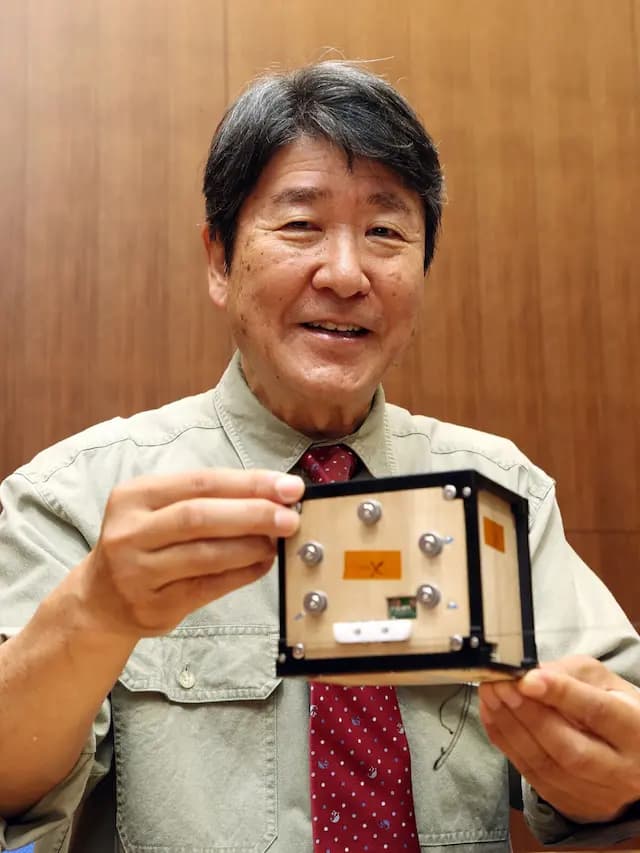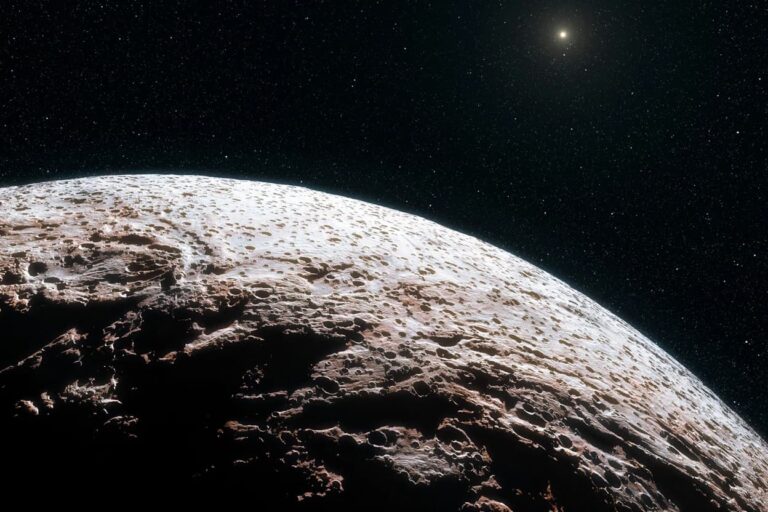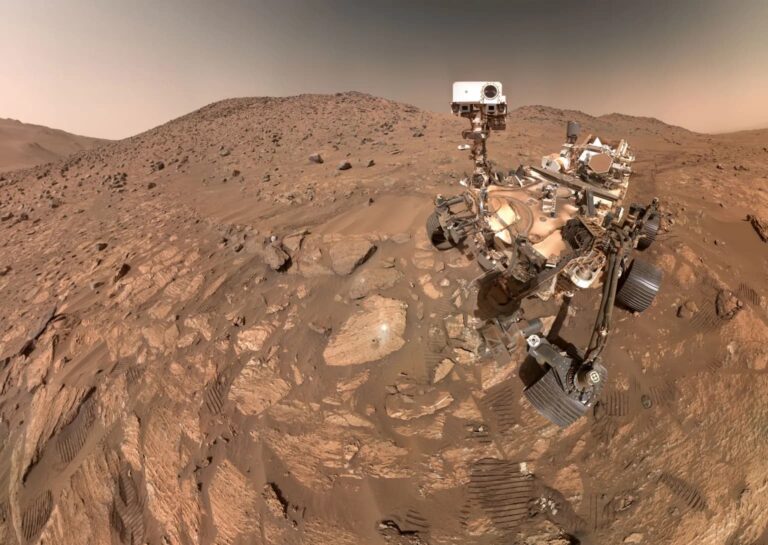Unlocking Black Hole Secrets: The Dazzling Science of Light Echoes
Scientists from Princeton University and Los Alamos National Laboratory are on a quest to unravel the mysteries of black holes by tracing the clues left behind by light that embarks on a roundabout journey around these cosmic voids. This phenomenon, known as light echoes, is an extreme manifestation of gravitational lensing, where the massive object (in this case, a black hole) warps the fabric of spacetime, altering the path of light.
The Science Behind Light Echoes
- Gravitational Lensing: The ability of a massive object to bend spacetime, thereby changing the trajectory of light.
- Black Hole Accretion Disks: Turbulent disks of hot gas surrounding black holes, prone to outbursts when denser clumps are torn apart by the black hole’s gravitational forces.
- Light Echoes: Delayed bursts of light that initially shine away from Earth, only to be caught in the black hole’s warped spacetime, circling around before heading towards us.
Overcoming Detection Challenges
Unlike typical gravitational lenses that magnify distant light, these light echoes are de-magnified, rotated, and sheared, making them exceedingly faint. However, a breakthrough by George Wong of Princeton’s Institute of Advanced Study and his team offers a glimmer of hope.
“That light circles around black holes, causing echoes, has been theorized for years, but such echoes have not yet been measured,” notes George Wong. “Our method offers a blueprint for making these measurements, which could potentially revolutionize our understanding of black holes.”
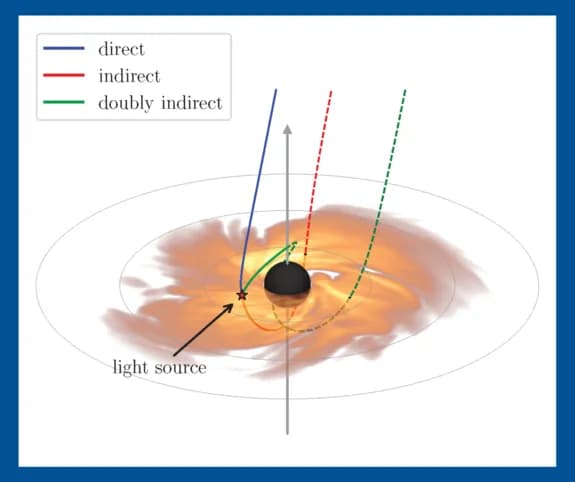
A schematic of how light from a source within an accretion disk around a black hole can follow the curved space around the black hole to appear as an “echo.”
The Detection Method: Long Baseline Interferometry
- Key Finding: Computer simulations by Wong’s team demonstrate that combining long baseline interferometry (telescopes in different locations combining their detected light) with a modest space mission and an existing ground telescope could distinguish between direct light and the indirect light echo around a black hole, akin to the one in Messier 87 (M87).
- Variables Affecting Delay Time: Primarily the black hole’s mass, with the inclination of the black hole relative to our viewpoint also playing a role.
Implications for Black Hole Science and Galaxy Evolution
- Characterizing Black Holes: Mass, spin, and electric charge (effectively nil) are the defining parameters. Accurate measurements via light echoes would leapfrog our understanding of black hole science.
- Galaxy Evolution: Black holes significantly influence galaxy development, affecting star formation and galaxy structure. Understanding the distribution of black hole masses and spins over time is crucial.
“Black holes play a significant role in shaping the universe’s evolution… Knowing the distribution of black hole masses and spins enhances our understanding of the universe,” emphasizes George Wong.
Testing General Relativity
- Gravitational Lenses as a Manifestation: Of Albert Einstein’s theory of general relativity, highlighting the interaction between mass/energy and spacetime.
- Potential for Discovery: Analyzing light echoes in intense gravitational fields could verify general relativity’s predictions or reveal inconsistencies.
“Using this technique, we might find things that make us think, ‘hey this is weird!'” notes Lia Medeiros, a NASA fellow at Princeton University. “The analysis could help verify whether black holes are indeed consistent with general relativity.”

